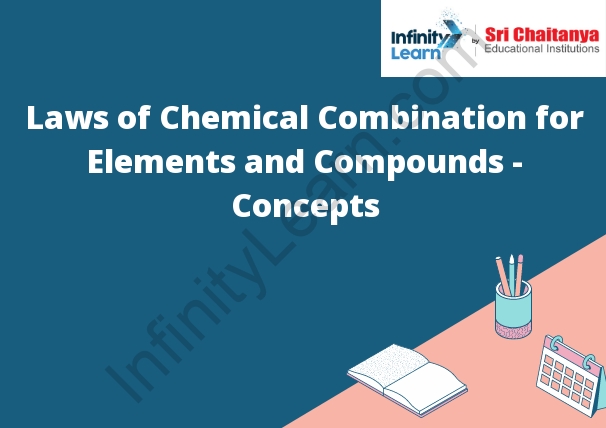Table of Contents
An Introduction to the Law of Chemical Combination
The law of chemical combination states that when two or more atoms of a chemical element combine, they form a molecule. A molecule is the smallest particle of a chemical element that has the chemical properties of that element. The law of chemical combination also states that the atoms of a molecule are held together by chemical bonds. A chemical bond is a force that holds the atoms of a molecule together.

Basic Laws of Chemical Combinations
The basic laws of chemical combinations state that atoms combine in definite ratios to form molecules, and that these molecules react in definite ways to form new substances.
Atoms combine in definite ratios to form molecules
This law states that when atoms combine, they always do so in fixed ratios. For example, if you have two atoms of oxygen and one atom of hydrogen, they will always combine in a 2:1 ratio to form water (H2O).
Molecules react in definite ways to form new substances
This law states that when molecules react, they always do so in fixed ways. For example, if you have water and heat it up, it will always react in the same way to form hydrogen gas (H2) and oxygen gas (O2).





